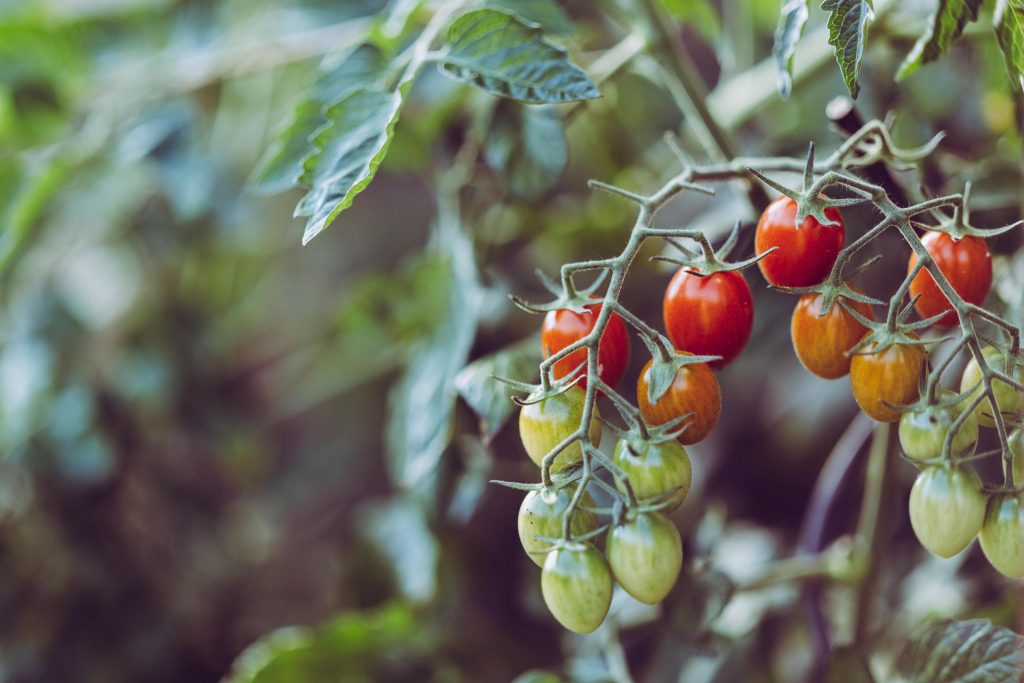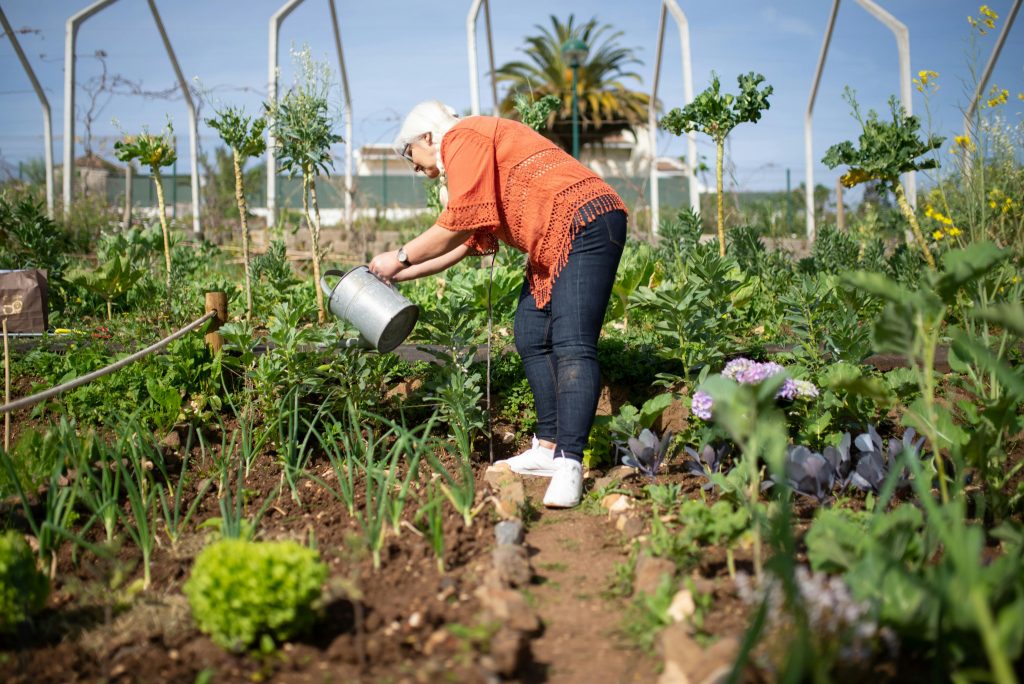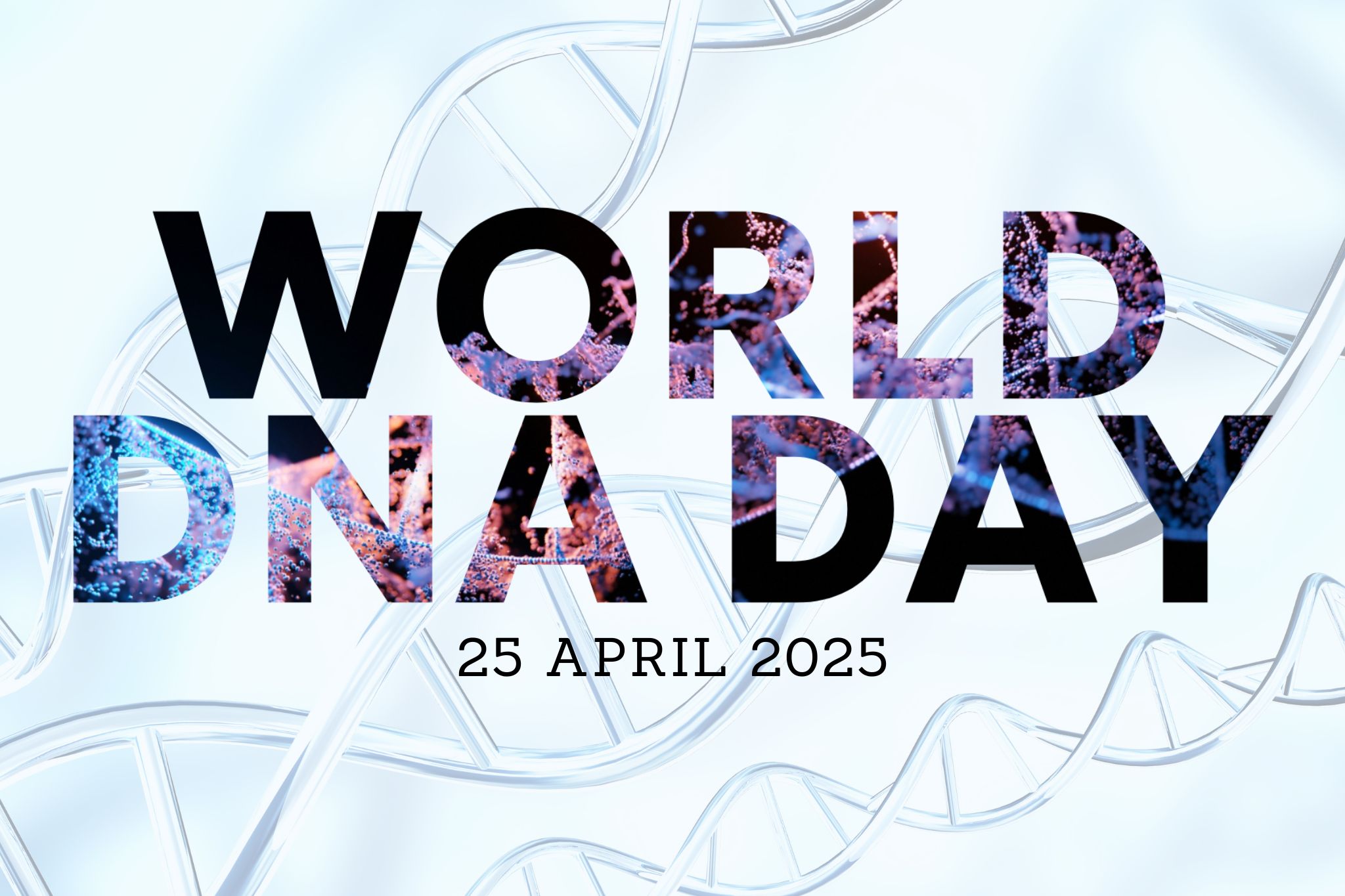Let’s be real: when most people hear the word DNA, their minds either flash back to secondary school biology or jump straight to crime documentaries. But today, we’re flipping the script—because DNA isn’t just about paternity tests or crime scenes. It’s also about lettuce. And tomatoes. And bananas. Yes, you heard that right—DNA is on your dinner plate, and it’s about to get a serious glow-up.
In celebration of National DNA Day, we’re diving into one of the coolest (and crunchiest?) applications of genetics in the modern world: how CRISPR, the tiny molecular scissors of science, is helping us grow food that’s not just better for us, but better for the planet too. Think crops that can survive heatwaves, plants that resist pests without chemical sprays, and even veggies that stay fresher for longer (because no one likes slimy spinach). CRISPR is like the ultimate plant stylist—editing genes with such precision that we can boost nutrition, reduce waste, and fight climate change, all while still enjoying our favourite foods. It’s not some far-off future fantasy either—it’s happening now, in labs and greenhouses around the world. And the best part? This gene-editing magic could help create a more sustainable, food-secure future for everyone, without needing to bulldoze more forests or drench our fields in chemicals.
So, if you’ve ever wished your groceries were smarter, your veggies lasted longer, or your farming methods were a little less… apocalyptic, this blog is for you. Let’s crunch into the science behind CRISPR, the DNA behind our food, and how gene-editing could be the secret ingredient to saving our planet—one sprout at a time.
First off, CRISPR (pronounced “crisper,” like the drawer in your fridge, which feels very fitting) stands for Clustered Regularly Interspaced Short Palindromic Repeats—a mouthful, we know. But at its core, it’s a genetic editing tool that gives scientists the ability to make precise, tiny edits to DNA. Imagine opening a massive cookbook (aka the genome) and using a highlighter to mark a typo or switch out an ingredient. That’s CRISPR. Except instead of recipes, you’re working with the building blocks of life. This tool originally came from a defence mechanism found in bacteria—yep, humble little microbes. They use it to recognise and cut out viral DNA trying to invade them. Scientists realised they could harness this same mechanism to edit genes in anything—including humans, animals, and yes, plants. And because it’s so accurate, cheap, and quick, CRISPR is now transforming everything from medicine to agriculture.
So, what does that mean for our food? A lot, actually. Our current farming system is facing some serious challenges. Climate change is throwing all kinds of curveballs—droughts, floods, temperature swings—and at the same time, we’ve got a growing global population that’s hungry for solutions (and, well, food). Traditional breeding methods take years, even decades, to create new plant varieties. But with CRISPR, we can speed things up and be more targeted. Instead of crossbreeding and hoping for the best, we can edit a plant’s DNA directly to enhance traits like disease resistance, drought tolerance, or nutrient content. For example, researchers have used CRISPR to develop tomatoes that stay firmer longer, so they don’t get squishy before you’re ready to eat them. They’ve also edited mushrooms to prevent browning, cutting down on unnecessary food waste. There are even gene-edited crops in the works that require less water or can grow in salty soil—something traditional plants just can’t handle. And for those concerned about overuse of pesticides; CRISPR can help there too, by making crops that are naturally resistant to pests and diseases, reducing the need for chemical treatments.

What’s especially cool about CRISPR is that it can make these changes without adding foreign DNA, which is one of the biggest things that sets it apart from traditional genetically modified organisms (GMOs). Instead of borrowing genes from another species (like adding fish genes to tomatoes—yes, that was a real idea at one point), CRISPR acts more like a super-precise editor. It tweaks what’s already in the plant’s DNA, just shifting a letter here or cutting out a word there. Think of it like proofreading a document instead of writing a whole new chapter. Because the edits are so subtle and targeted, the resulting plant often looks, grows, and tastes exactly the same—just with bonus traits like better drought tolerance or disease resistance.
And this isn’t just a hypothetical future—it’s already happening. Scientists in Japan have developed CRISPR-edited tomatoes with higher levels of GABA, a compound linked to relaxation and lower blood pressure. In the U.S., there are mushrooms that don’t brown, soybeans with healthier oil profiles, and rice strains being designed to survive extreme weather. There are also wheat plants in the works that resist disease without needing as many chemical sprays.
So yes—your vegetables are getting smarter. And more sustainable. CRISPR isn’t just a lab trick; it’s one of the most exciting tools in the fight for a greener, more resilient food future. And it all starts with a few tiny tweaks to the blueprint of life: DNA.
Now, you might be thinking, “Okay, CRISPR sounds cool and all, but what am I supposed to do with this info? I’m not exactly hanging out in a lab coat.” Fair enough—but here’s the thing: the choices you make as a consumer, student, or just a curious human can absolutely help shape a more sustainable food future. You don’t have to wield gene scissors to be part of the CRISPR conversation. Here are a few small, impactful ways to get involved (and maybe even impress your friends with your plant-based gene wisdom):

1. Get curious about where your food comes from:
Look beyond the label. If you’re at the supermarket or farmer’s market, take a minute to learn about how your food is grown. Are your veggies from a farm that uses fewer chemicals thanks to resilient crop varieties? Is that lettuce part of a local effort to reduce water usage? Knowledge is power—and in this case, it’s edible too. Want to dig deeper? Start by exploring The Goods Shed in Canterbury—a vibrant farmers’ market and food hall offering seasonal produce, artisan cheeses, fresh bread, and more, all sourced from within 12 miles Canterbury Farmers Market | The Goods Shed.
2. Support sustainable agriculture innovations:
Start following organisations, farmers, or food scientists who are working toward a more sustainable and food-secure future. Many are developing CRISPR-edited crops that don’t just survive climate challenges—they thrive in them. Whether it’s through petitions, education, or policy, your voice helps make sure science-based solutions like CRISPR get fair public attention and funding.
Check out the John Innes Centre (John Innes Centre | Excellence in plant science, genetics and microbiology), a leading UK research institute exploring crop innovation, or follow innovators like the team at the Earlham Institute (Earlham Institute | Decoding Living Systems) for accessible science updates.
3. Reduce your own food waste:
This one might not sound very gene-editing-chic but trust us—it’s one of the simplest ways to support sustainability. A lot of CRISPR projects are trying to solve the waste problem at the source (like those non-browning mushrooms), but we can do our part at home too. Plan your meals, store food properly, and yes—maybe give that slightly wrinkly tomato another chance.
Need help getting started? Love Food Hate Waste (Love Food Hate Waste / Preventing food waste) has great resources and storage hacks.
4. Don’t fear the science – ask questions!
CRISPR and gene editing sometimes get tangled up in controversy, mostly because people are unsure how it all works. And that’s okay! Keep asking questions. Read blogs (hey, like this one), watch videos, listen to science podcasts. The more you understand, the more you can join the conversation—and trust us, the future of food is way more fun when you’re in on it. Try starting with “The Gene Gap” podcast or check out educational videos from Your Genome (Your Genome – A free collection of high quality genetics and genomics learning resources.) run by the Wellcome Genome Campus.
5. Get Involved!
Whether you’re a student, a foodie, a science nerd, or just someone who cares about the future of our planet—there’s a place for you in the CRISPR conversation. You don’t need a lab coat to make a difference. Start small: attend a public science talk, join a local sustainability group, or volunteer at a community garden. Look for short online courses or workshops about gene editing or sustainable agriculture (many are free!). You could even reach out to local universities or organisations to see how you can support or learn from their projects.
So, what have we learned from our leafy little CRISPR adventure? It’s clear that science isn’t just about the headlines or high-tech tools—it’s about the way we grow, eat, and think about the food we rely on. Thanks to gene editing, we’re seeing crops that can withstand climate change, reduce waste, and even taste better. It’s food innovation at its finest, and it’s not science fiction—it’s happening right now.
But here’s the real kicker: you have a role in it, too. Whether it’s supporting sustainable agriculture, reducing food waste, or simply asking more questions about where your food comes from, every little action adds up. So, let’s get curious, get involved, and maybe even help grow a more sustainable future
Ready to take a crunch out of the future? Let’s make it a green one!
By Amitheesha Ganesh, SGO Projects Officer
 Sustainability
Sustainability Bethany Climpson
Bethany Climpson 901
901


